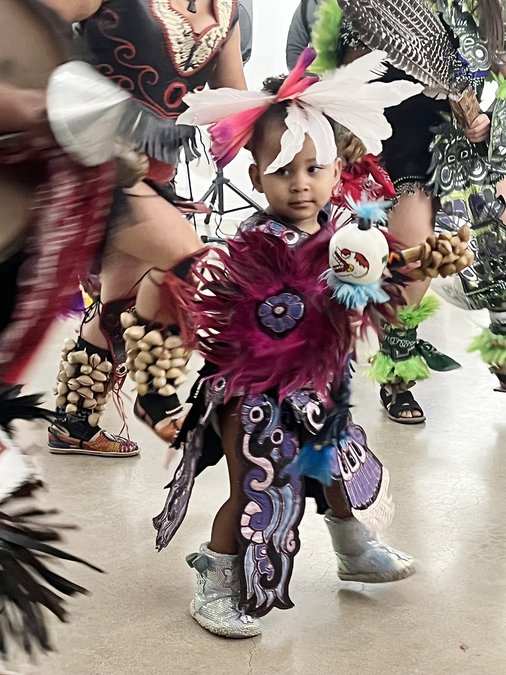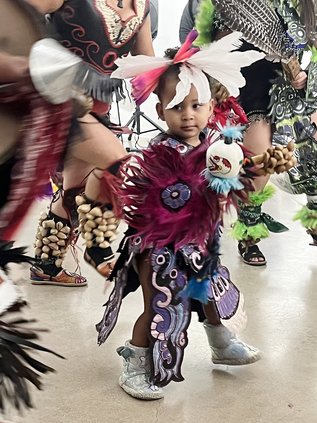Dia de los Muertos — Day of the Dead — traditionally falls on Nov. 1. And, because of its proximity to Halloween, plus its association with sugar skulls and skeletons, not to mention the name itself, it’s often thought of as a spooky holiday, too.
Really, the opposite is true.
“It’s quite the celebration,” said Carolina Alfaro, executive director of student leadership, engagement and belonging at Stanislaus State. “In fact, when you go visit the altars in Mexico or other Central America places, it’s very lit up, it’s very alive. You have music, you have food, you have culture. And it’s a celebration of life and not death.”

About 75 people crammed into the Stanislaus State Art Space in downtown Turlock on Friday for the 10th annual Dia de los Muertos Celebration.
The event was spiced with dancers from Casa Cultural y Tradicional out of Modesto, a demonstration of crystal singing bowls by spiritual life coach Heather Watson of Sonora, arts and crafts, and refreshments for guests.
“This is our 10th annual celebration, and it’s a very important community engagement event because it honors ancestral traditions that are prevalent in Latinx communities and beyond,” said Xamuel Bañales, associate professor of ethnic studies at CSUS. “In particular, this event follows the tradition of the Chicano movement in the 1960s and ’70s, which wanted to highlight social justice issues affecting different marginalized communities.”
Traditionally, Dia de los Muertos is celebrated Nov. 1-2, and involves constructing brightly colored altars that are typically decorated with skulls and marigolds. Offerings — something that was perhaps a favorite of the deceased — are dedicated to the ancestors, who are celebrated and remembered.





